Introduction
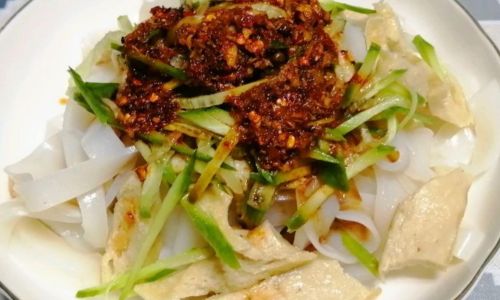
In the vast culinary landscape of China, regional dishes often serve as a testament to the country’s rich history, diverse geography, and vibrant cultural heritage. Among these, Liangpi, a refreshing and delightfully textured cold noodle dish, holds a special place, particularly in the northwest and central regions. Its name translates to “cold skin” due to the translucent, slightly elastic noodles that resemble a thin layer of skin. While traditionally enjoyed in bustling street stalls or cozy local restaurants, the appeal of making Liangpi at home is undeniable—it allows one to tailor the flavors and textures to their liking, all while enjoying the therapeutic process of cooking.
For those who find solace in the kitchen, the art of crafting Liangpi from scratch can be both a rewarding and meditative experience. This guide delves into the essential ingredients required to make Liangpi alone, walking you through each component necessary to replicate this beloved dish in your own kitchen. Whether you’re a seasoned chef or a culinary novice, understanding the basics will set you on the path to creating delicious homemade Liangpi.
Flour: The Foundation of Noodles
At the heart of Liangpi lies the flour, which forms the basis of its signature noodles. Traditionally, wheat flour is used, specifically high-gluten or bread flour, as it provides the necessary elasticity and structure to hold the noodles together during the steaming process. The gluten in wheat flour helps develop a stretchy dough that, when thinned and steamed, results in the characteristic chewy texture of Liangpi noodles.
-
Amount Needed: Approximately 500 grams (about 1.1 pounds) of high-gluten flour is sufficient for making a decent batch of Liangpi noodles, enough to serve several people.
-
Preparation: Begin by mixing the flour with a pinch of salt in a large bowl. Gradually add water, a little at a time, while kneading to form a smooth and elastic dough. Cover the dough with a damp cloth and let it rest for at least 30 minutes to allow the gluten to relax.
Water: The Binding Agent
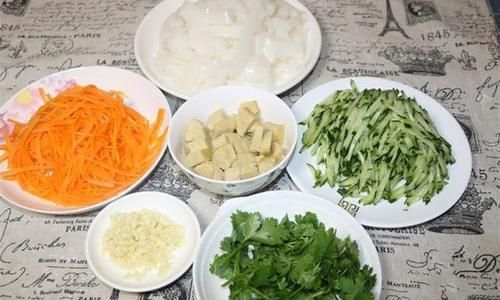
Water plays a crucial role in the preparation of Liangpi dough, acting as the binding agent that helps combine the flour particles into a cohesive mass. The amount of water needed can vary depending on the type and brand of flour used, but generally, around 200-250 milliliters (about 7-8.5 ounces) of water is sufficient for 500 grams of flour.
-
Quality Matters: Using clean, filtered water ensures that no impurities affect the taste or texture of your Liangpi.
-
Temperature: Room temperature water is ideal, as it allows for even hydration without overheating the dough, which could affect gluten development.
Starch (Optional for Added Transparency)
While not strictly necessary, adding a small amount of potato starch or cornstarch to the dough can enhance the transparency and smoothness of the Liangpi noodles. This gives them a more polished, restaurant-quality appearance.
- Amount Needed: About 2-3 tablespoons of potato starch or cornstarch can be mixed into the flour before adding water.
Salt: Seasoning from the Start
Salt is a fundamental seasoning agent in Liangpi preparation. It not only enhances the flavor of the noodles but also plays a role in strengthening the gluten network within the dough, contributing to the final texture.
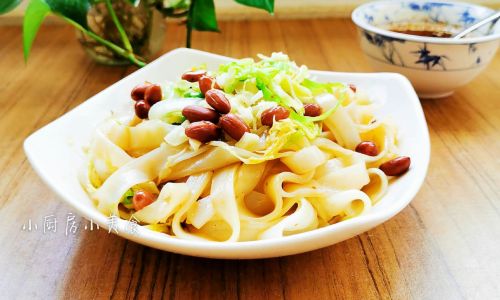
- Amount Needed: A teaspoon of salt is typically added to the flour mixture.
Vinegar: For the Perfect Sauce
Liangpi is incomplete without its signature sauce, a blend of flavors that complements the noodles perfectly. Vinegar, particularly rice vinegar or Chinese black vinegar, adds a tangy, refreshing note to the dish.
-
Amount Needed: For the sauce, about 2-3 tablespoons of vinegar is used, adjusted to taste.
-
Preparation: Combine vinegar with soy sauce, garlic, sesame oil, chili oil (if desired), and a touch of sugar to balance the flavors. This sauce serves as the base for your Liangpi, and its proportions can be adjusted according to personal preference.
Soy Sauce: The Umami Boost
Soy sauce is another staple in the Liangpi sauce, providing a rich, savory umami flavor that rounds out the dish.
- Amount Needed: About 1-2 tablespoons of light or dark soy sauce, depending on your preference for color and intensity.
Garlic and Sesame Oil: Aromatics for Depth
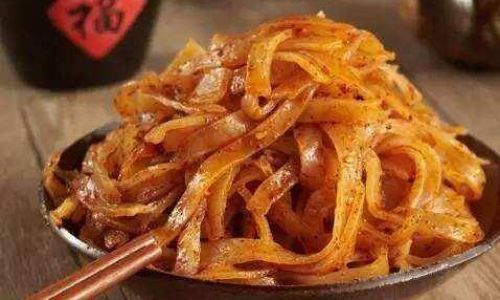
Finely minced garlic and sesame oil add layers of aroma and flavor to the sauce, making it more complex and inviting.
- Amount Needed: A clove or two of garlic, minced, and about 1 teaspoon of sesame oil.
Chili Oil (Optional for Heat)
For those who enjoy a bit of spice, chili oil can be added to the sauce, infusing it with warmth and a subtle fiery kick.
- Amount Needed: Start with a half teaspoon of chili oil and adjust according to your tolerance for heat.
Sugar: A Subtle Sweetness
A pinch of sugar might seem unconventional in a savory dish like Liangpi, but it serves to balance the flavors, preventing the sauce from being overly salty or tangy.
- Amount Needed: Just a quarter teaspoon of sugar is enough to round out the sauce.
Vegetables and Toppings: The Finishing Touches
No Liangpi is complete without an assortment of fresh vegetables and toppings. Common choices include cucumber slices, shredded carrots, chopped green onions, and cilantro. These not only add color and crunch but also contribute to the dish’s overall nutritional profile.
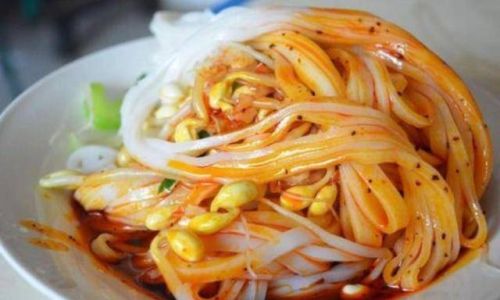
- Preparation: Wash and chop the vegetables as needed. For cucumber slices, a mandoline can help achieve uniform thinness. Shred carrots using a cheese grater or food processor.
Conclusion
Making Liangpi at home is a delightful culinary adventure that combines precision, patience, and creativity. By gathering the essential ingredients—wheat flour, water, salt, vinegar, soy sauce, garlic, sesame oil, chili oil (optional), sugar, and an array of fresh vegetables—you set the stage for a dish that is as much about the journey as it is about the destination. Each ingredient plays a vital role, contributing to the final texture, flavor, and presentation of your homemade Liangpi.
As you knead the dough, mix the sauce, and arrange the toppings, remember that the beauty of homemade food lies in its ability to adapt to individual tastes and preferences. Feel free to experiment with different spices, herbs, or even protein additions like chicken or tofu, to make your Liangpi uniquely yours.
In the end, sitting down to enjoy a bowl of freshly made Liangpi, cool and refreshing under the summer sun or warming your soul on a chilly day, is a testament to the joy of cooking and the simple pleasures of homemade meals. So, roll up your sleeves, gather your ingredients, and embark on the rewarding journey of crafting your very own Liangpi masterpiece.
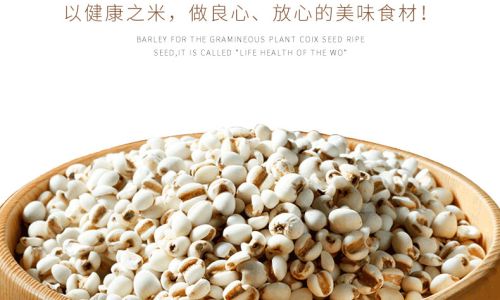
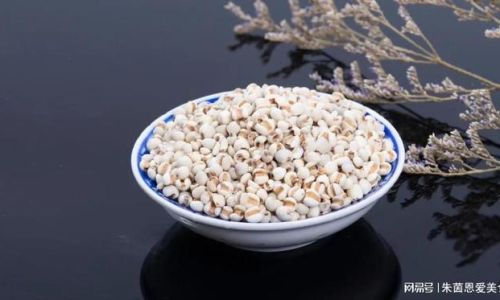
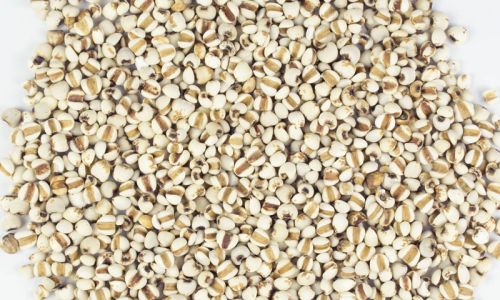

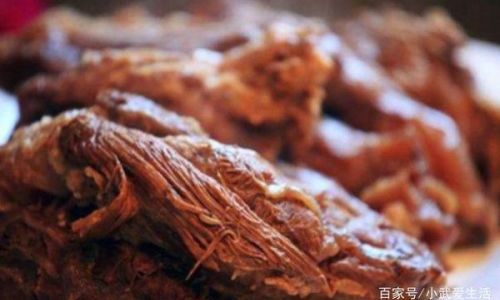
0 comments